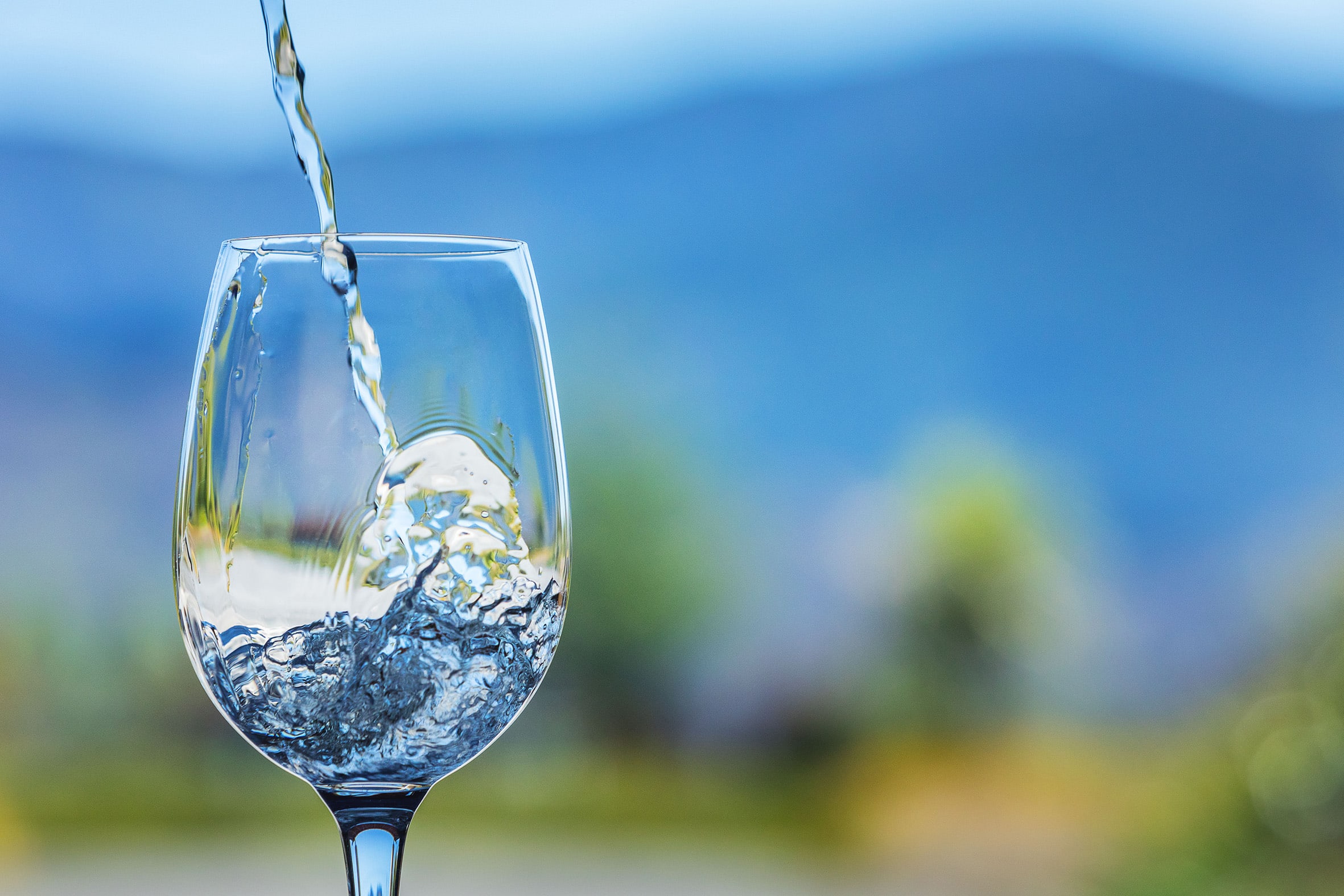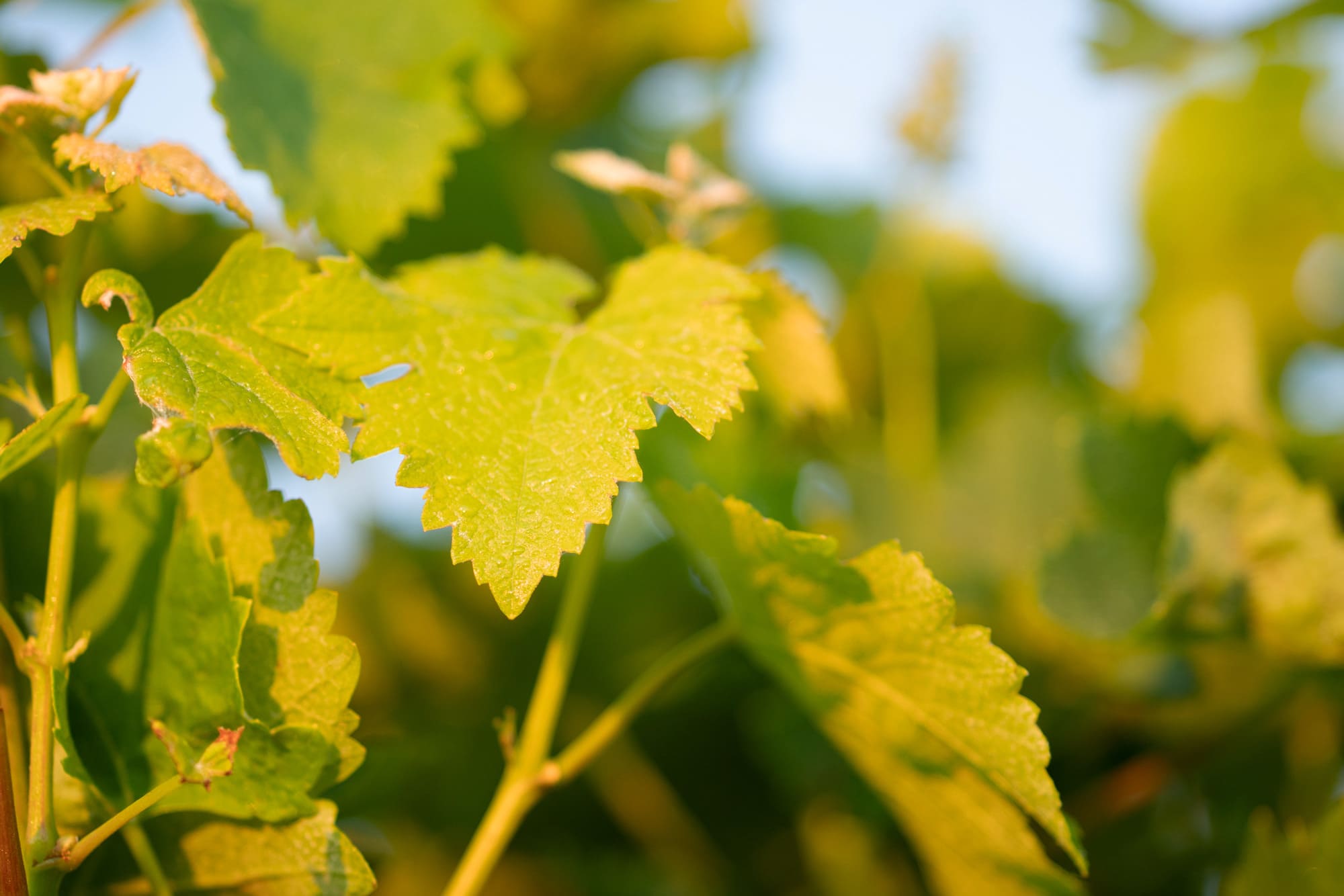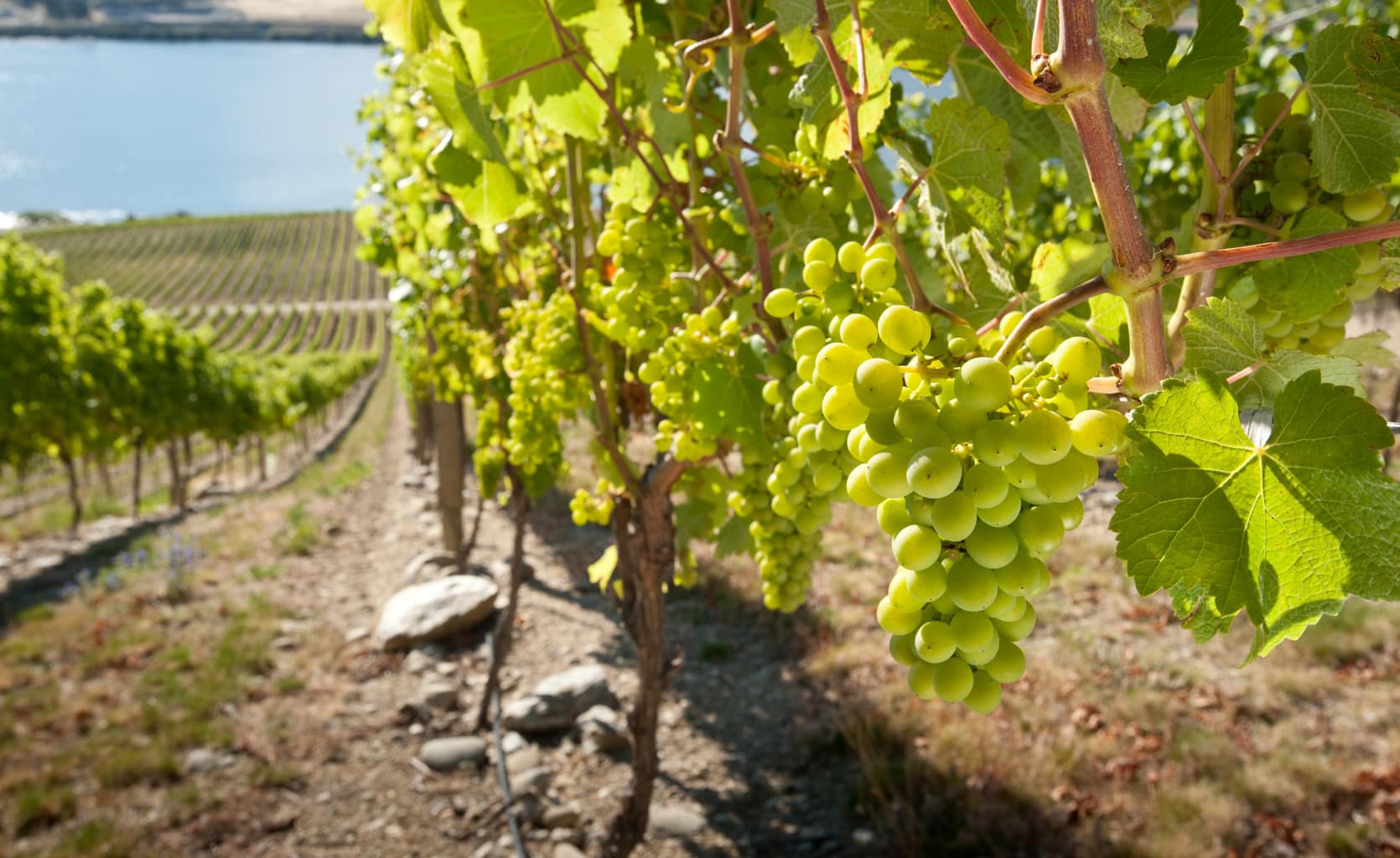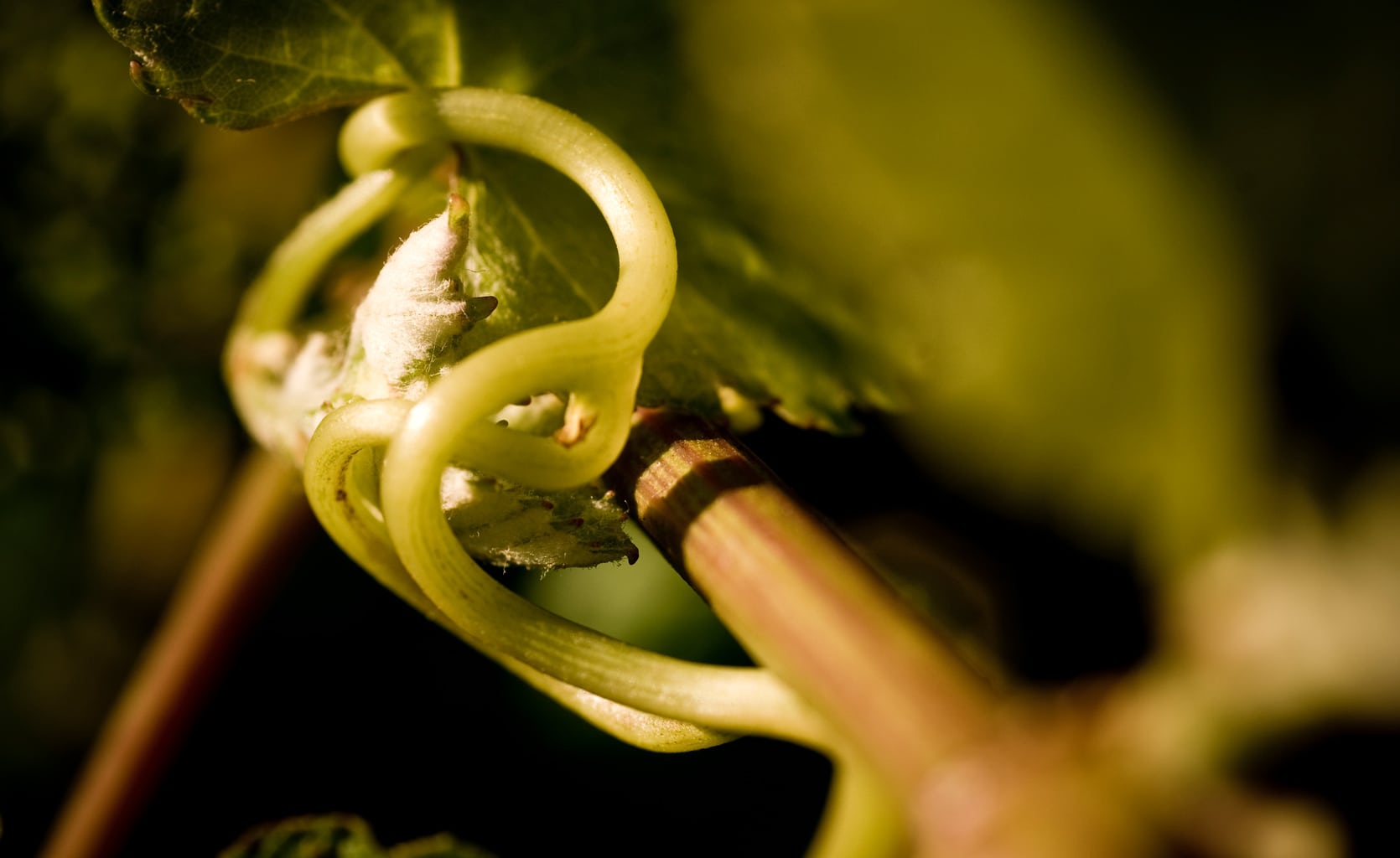The Roadmap to Net Zero sets a goal for New Zealand’s wine industry to reach net zero emissions by 2050. Achieving this goal will require greater understanding of diesel use patterns so that growers can prioritise their efforts.
Over the next 12 months, BRI in collaboration with The Marlborough Circular Wine Group, will be developing a database of fuel used to conduct specific activities in vineyards across New Zealand. This database will help guide industry towards effective diesel substitutes, better management practices, capex expenditure and carbon transition plans.
Supporting the journey to net zero
The New Zealand Winegrowers Roadmap to Net Zero was launched in 2024 and sets out a clear path for the wine industry to reach net zero emissions by 2050. It identifies crucial milestones and key opportunities to reduce emissions across vineyards and wineries – such as phasing out 50% of diesel use by 2050. While the Roadmap provides essential high-level targets, winegrowers also need practical, data-driven tools to support day-to-day decision making.
Growers have few options to reduce emissions from power consumption in wineries because 87% of New Zealand’s electricity already comes from renewable sources. However, diesel use in vineyards is the second highest contributor to the footprint of our wine after packaging and transport. Therefore, it represents the most significant opportunity available to growers to make impactful change to their carbon footprint.
What is the Carbon Calculator?
Recognising the need for accurate emissions tracking, the Roadmap calls for a carbon calculator tailored to the specific needs of winegrowers. The Carbon Calculator is being developed to deliver insights into on-farm emissions so that winegrowers can track, understand, and reduce their carbon footprint. The first step is to build robust datasets of the emissions associated with specific tasks and the tools used to perform those tasks.
BRI and The Marlborough Circular Wine Group have developed an app that will record fuel usage on a task-basis. For example, the fuel used for leaf plucking versus mowing or regular mowing of short grass, versus periodic mowing of long grass, or using 3-row versus 1-row implements. Our objective is to develop a robust database that will underpin future strategic carbon-reduction tools. The project will also examine spatial and seasonal distribution of energy requirements and local opportunities for substitution of diesel with alternatives such as electricity, hydrogen, and biogas.
The goal over the next 12 months is to have 100 growers representing vineyards in all of New Zealand’s wine regions use the Carbon Calculator phone app to record the fuel used for their daily activities. These growers will play a vital role in shaping the tool’s development and help to establish the data platform that the industry needs to achieve carbon neutrality by 2050.

Data recorded by growers in the Carbon Calculator phone app


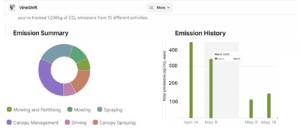 Emissions summaries for growers
Emissions summaries for growers

